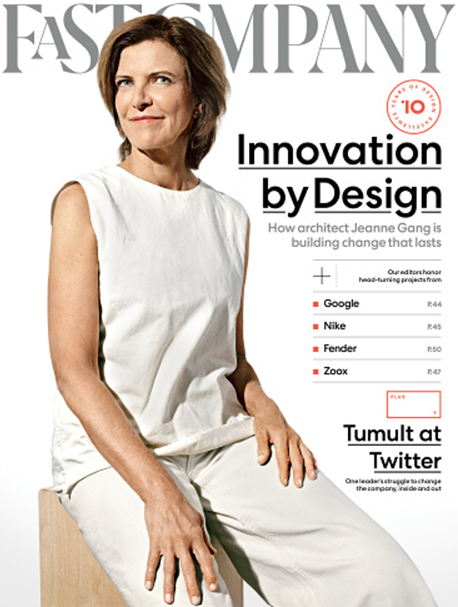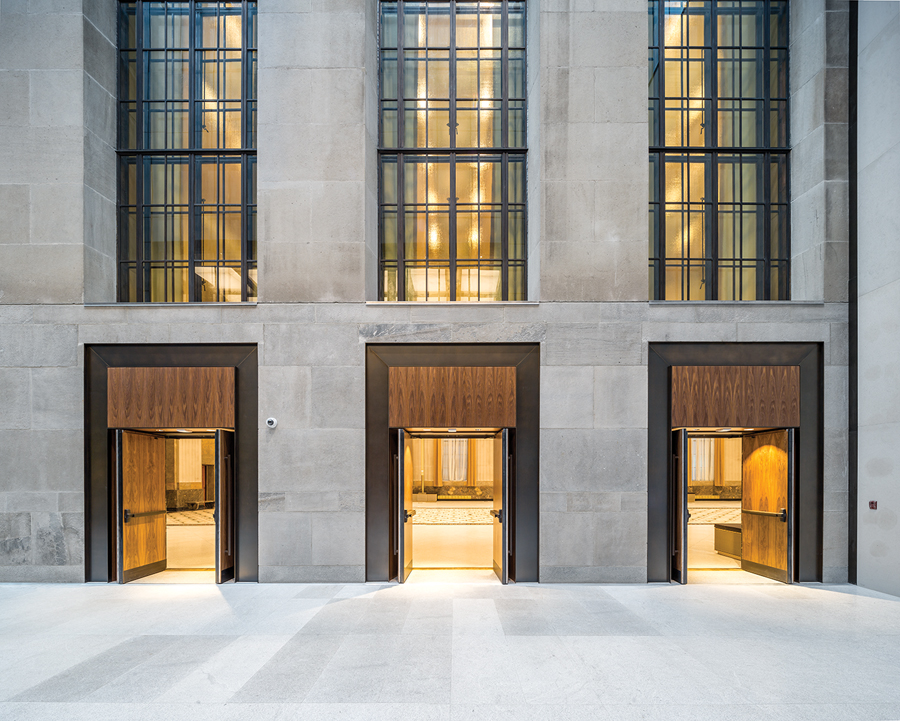In 2010, when MTBA’s Mark Thompson Brandt served on the Canada Green Building Council Ottawa Board, he questioned why all the focus of that group was on new buildings – no attention to the “Elephant in the Room” – existing buildings. So his Director colleagues asked him to lead the nation’s first Green Building Council Committee on Existing Buildings and within the year he had orchestrated a partnership with the City of Ottawa, the building and energy industries in the Region and green builders, and directed the first “Greening Existing Buildings” Symposium at City Hall. It was an all-day affair, with sessions on energy & utilities, neighbourhoods and historic buildings, practical and theoretical approaches to bringing the vast stock of existing buildings to a higher level of sustainability. Or, to use today’s language, “decarbonizing existing and historic buildings”. After all, they do account for almost half the GHG emissions.
But the industry was not paying attention to these “less glamourous” projects. Elephant in the Room, indeed.
Brandt, the only Canadian Architect to be both a Fellow and peer-reviewed Recognized Professional of the Association for Preservation Technology International, spent the next decade travelling the continent as guest speaker at many front line conferences, preaching the need, necessity and nuance of greening existing and historic buildings. He has called for a fundamental paradigm shift in the profession, to focus mostly on enhancing, adapting, revitalizing, rehabilitating, retrofitting and reimagining older and heritage building stock, for the environmental, economic, social and cultural value they bring. MTBA’s practice, under the guidance of Brandt and Principal Chris Warden, has pivoted over the years to specialize in the rehabilitation and reuse of buildings and places, including infill additions, interventions into historic places and that special something that elevates us when new meets old.
Fast forward to 2021 and adaptive reuse of older and historic buildings is definitely “cool” – the glamour has travelled to the interesting visuals of combining new with old, the creativity of working with something worth recycling. Brandt also wrote a series of international articles over the past decade on this subject, including quoting an important Japanese Architect, in his article for the UK Journal of Architectural Conservation Special Issue on Modern Heritage, Mark also predicted a wave – a tsunami – of this kind of work was not only necessary to save the planet, but also had so many more societal benefits in terms of improving neighbourhoods and cities as well as avoiding emissions and leveraging embodied carbon. It took a decade, and perhaps a pandemic, but finally the industry, the profession and the entire sector has started to wake up to both Climate Chaos and to the many values of building reuse. Brandt’s Association for Preservation Technology colleagues caught on earlier. Carl Elefante, Brandt’s mentor and predecessor Co-Chair at APT’s Technical Committee for Sustainable Preservation coined the now stock phrase “The Greenest Building is the One Already Built”. Brandt’s current Co-Chair at the Zero Net Carbon Collaboration for Existing & Historic Buildings (www.znccollaboration.org), Boston Architect Lori Ferriss coined, “Building Reuse is Climate Action” and together they have made that point across the globe with the Climate Heritage Network, where they also Co-Chair the Working Group 3, who have been presenting at COP26 in Glasgow this month.
Meanwhile, about that “glamour”: sure enough, budding “starchitect” Jeanne Gang of Chicago has become the first Architect in a decade to grace the cover of Fast Company Magazine, with an article on Studio Gang’s adaptive reuse of the Powerhouse at Beloit College in Wisconsin, into a recreation and student centre. Headlines like: “Jeanne Gang is creating a better future by building on the past” are great catchy lines, but they are also exactly what the industry needs, to push us into the next wave of carbon-free, recycled, creative and poetic architecture.

“Gang’s philosophy leans heavily on community input, ecological awareness, and knowing when to reuse existing structures and materials instead of building anew,” writes Nate Berg in the October cover story. Gang isn’t focused exclusively on old industrial structures but also hulking concrete office and apartment buildings. “If you think of the scenario where they’re not reused, and there are thousands of these across the country, they become a huge blight on cities,” Gang says. “Reusing them has this double benefit.” Reuse—from recycled materials to chunks of rooms to entire structures—remains her focus, both in her design work and in her teaching at Harvard’s Graduate School of Design.
“This idea of obsolescence is outdated,” Gang says. “It’s obsolete.”
As MTBA’s Chris Warden says, “Studio Gang is now on the bandwagon in a big way…”
Check out the article and some related aspects here.
Fast Company — “Jeanne Gang is creating a better future by building on the past”
Feature Image: Sir John A. Macdonald Building, Ottawa, Ontario, NORR Limited Architects Engineers Planners in Association with MTBA Associates Inc. (Doublespace Photography)

